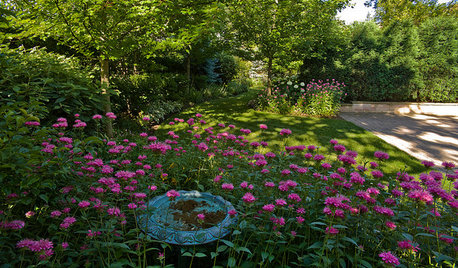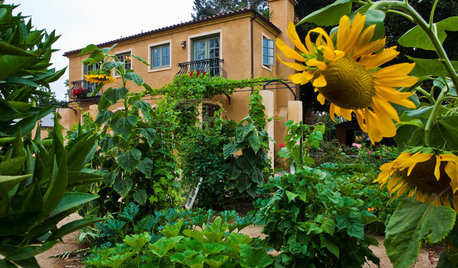No-digging solution for sowing wildflowers on soil w/weed seeds?
njbiology
9 years ago
Featured Answer
Sort by:Oldest
Comments (9)
Yardvaark
9 years agomad_gallica (z5 Eastern NY)
9 years agoRelated Professionals
Danbury Landscape Architects & Landscape Designers · Birmingham Landscape Architects & Landscape Designers · Leawood Landscape Architects & Landscape Designers · Bainbridge Island Landscape Contractors · East Lake-Orient Park Landscape Contractors · Longview Landscape Contractors · Louisville Landscape Contractors · Melrose Park Landscape Contractors · Oviedo Landscape Contractors · Plainview Landscape Contractors · San Bruno Landscape Contractors · Thornton Landscape Contractors · Waipahu Landscape Contractors · Garden City Decks, Patios & Outdoor Enclosures · Visalia Swimming Pool Buildersjerseygirl07603 z6NJ
9 years agomarcinde
9 years agojerseygirl07603 z6NJ
9 years agoUser
9 years agoJon 6a SE MA
9 years agoHU-812429725
4 years ago
Related Stories

EDIBLE GARDENSNatural Ways to Get Rid of Weeds in Your Garden
Use these techniques to help prevent the spread of weeds and to learn about your soil
Full Story
GARDENING GUIDESGreat Design Plant: Bugle Weed, a Quick Ground Cover
It’s highly adaptable, suppresses weeds, reduces erosion and provide weeks of bright flowers. Just watch for invasiveness
Full Story
GARDENING GUIDESHow to Stop Worrying and Start Loving Clay Soil
Clay has many more benefits than you might imagine
Full Story
GARDENING GUIDESGet the Dirt on Your Garden’s Soil
Understand how your soil supports your plants so you can ensure your garden’s success
Full Story
GROUND COVERSGround Force: 10 Top Ground Covers for Your Garden
Protect your soil from weeds and drought this summer with a living mulch of ground covers
Full Story
LANDSCAPE DESIGNExuberant Self-Seeders for Gorgeous, Easy-Care Gardens
Keep weeds down, color high and maintenance low with beautful plants that sow themselves
Full Story
INSPIRING GARDENSFrom Concrete Lot to Gracious Organic Garden in Seattle
Plants, pests and even weeds have a place in this landscape, which offers an edible bounty and a feast for the eyes
Full Story
GARDENING GUIDESUnleash Your Guerilla Gardener
Toss some seed bombs around the yard for easy, beneficial plantings
Full Story
GARDENING FOR BUTTERFLIES3 Ways Native Plants Make Gardening So Much Better
You probably know about the lower maintenance. But native plants' other benefits go far beyond a little less watering and weeding
Full Story
REGIONAL GARDEN GUIDESTexas Gardener's April Checklist
Get your sowing and planting on — spring brings a tantalizing array of possibilities in the garden
Full StorySponsored
Custom Craftsmanship & Construction Solutions in Franklin County
More Discussions











jane__ny